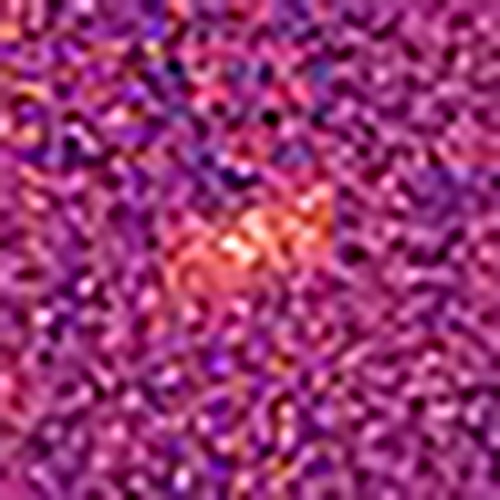The tool works faster and produces more realistic images than current technologies
Images captured by ground-based telescopes appear blurry because of the Earth’s atmosphere, and a team of scientists used an artificial intelligence algorithm that removes the blur and provides more accurate images. The results of the research are published in the Royal Astronomical Society’s journal Monthly Notices.
Even the images taken by the best ground-based telescopes are blurred by the changing air pockets of the atmosphere, and this blurring can lead to incorrect measurements.
Scientists from Northwestern University in the US and Tsinghua University in China have presented a new strategy to fix the problem. They adapted a machine vision algorithm commonly used to sharpen photographs to improve deblurring in images taken by ground-based telescopes. They also trained the algorithm on data simulated to match the imaging parameters of the Vera C. Rubin Observatory in Chile, so that when it opens next year, the instrument will be directly compatible.
The tool works faster and produces more realistic images than current technologies. Using it, images had 38.6% fewer errors than classical deblurring methods and 7.4% fewer errors than modern methods.
“By cleaning the images in the right way, we can get more accurate data. The algorithm removes the atmosphere computationally allowing physicists to obtain better scientific measurements. At the end of the day, the images look better, too,” says Emma Alexander, assistant professor of computer science at Northwestern University and one of the study’s authors.
For astronomers interested in using this tool, the open source software and instructions are available at https://github.com/Lukeli0425/Galaxy-Deconv
Source :Skai
I am Terrance Carlson, author at News Bulletin 247. I mostly cover technology news and I have been working in this field for a long time. I have a lot of experience and I am highly knowledgeable in this area. I am a very reliable source of information and I always make sure to provide accurate news to my readers.











